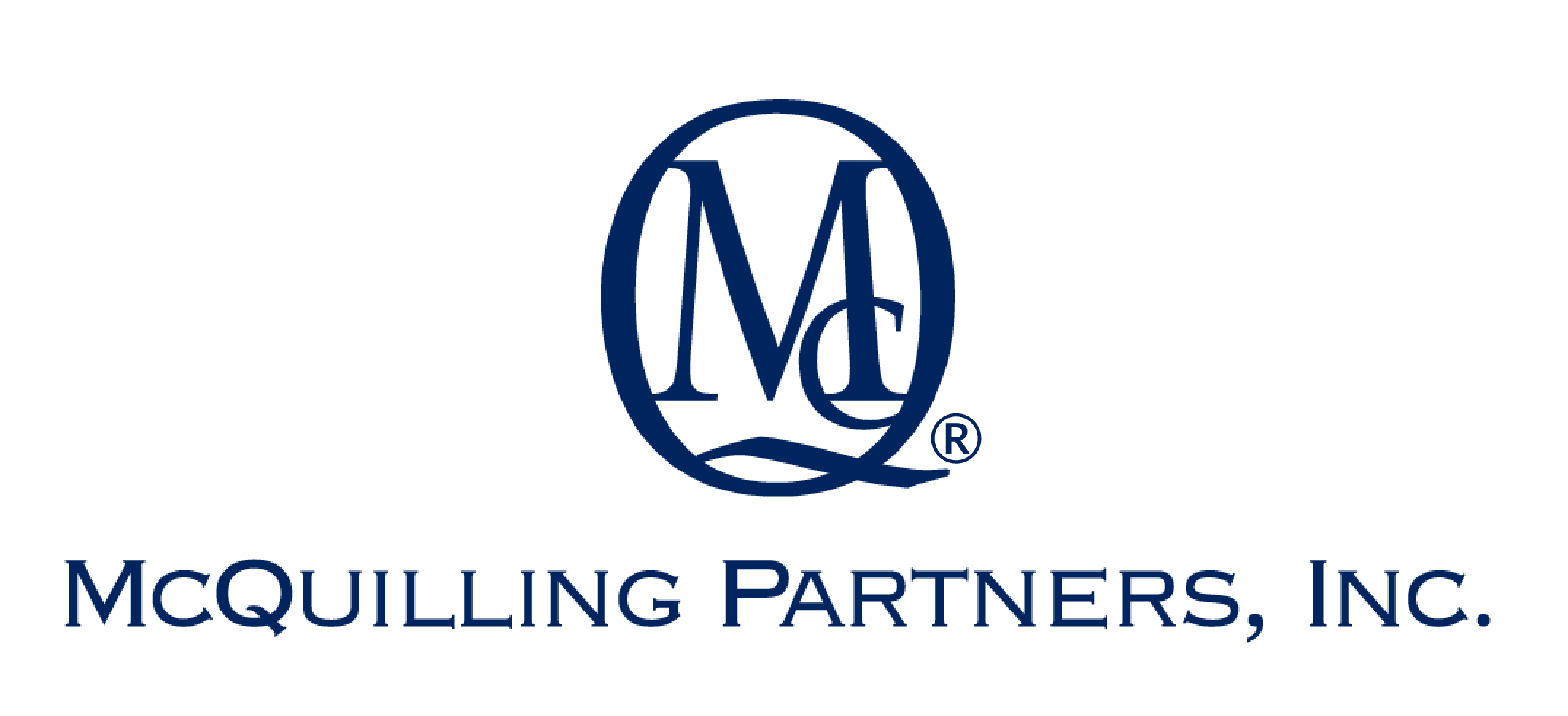Following our analysis from March, the USTR has announced on April 17th final actions of Section 301 targeting China’s Maritime, Logistics and Shipbuilding sectors. Compared to the original proposal, these revised actions now mainly focus on ships owned and/or operated by Chinese entities, while extensive exemptions are offered to other Chinese-built tonnage. It is worth noting that one of the key reasons for the fast-developing shipbuilding sectors in China has been the financing support by Chinese lessors (ICBC Leasing, Minsheng Leasing, etc.); as Chinese lessors are usually listed as “registered owner” in the CBP 1300 form when a vessel calls US ports, ships owned by these lessors are now subject to the massive increase in port dues. According to our calculation based on USTR rules and average net tonnage per vessel segment, US port costs for a Chinese owned or operated VLCC could jump by US $5.3 million after the 180-day grace period, and further increase to US $14.7 million after April 17th, 2028, pushing the tonnage completely out of the US market. Non-Chinese shipowners with Chinese-built ships, on the other hand, may find much relief amid exemptions for US exports, small ship sizes, short-haul voyages, and chemical ship designs. The increase in port charges will also be lighter – Chinese-built VLCCs w/o exemptions will face $1.9 million port charge (versus $5.3m for Chinese-owned/operated) – but enough to make them lose the competitiveness in the US to ships built in Korea and Japan.
Combining our vessel tracking database with Q88’s “registered owners” and “commercial operator” fields, the VLCC sector has the highest ratio of Chinese owned/operated tonnage (20%; red bars on the left chart). Of these tankers (172 VLCCs), 79% of them have been in the North or South Americas market since 2023 tracked by AIS, making them vulnerable to the new USTR regulations. The ratio is slightly higher for the orderbook – 26% of the VLCCs at owned or operated by Chinese companies as well as another 53% of ships expected to be delivered from Chinese yards (but may not subject to the increased port dues if being deployed to US exports only).

Source: McQuilling Services, Q88, AIS Tracking


